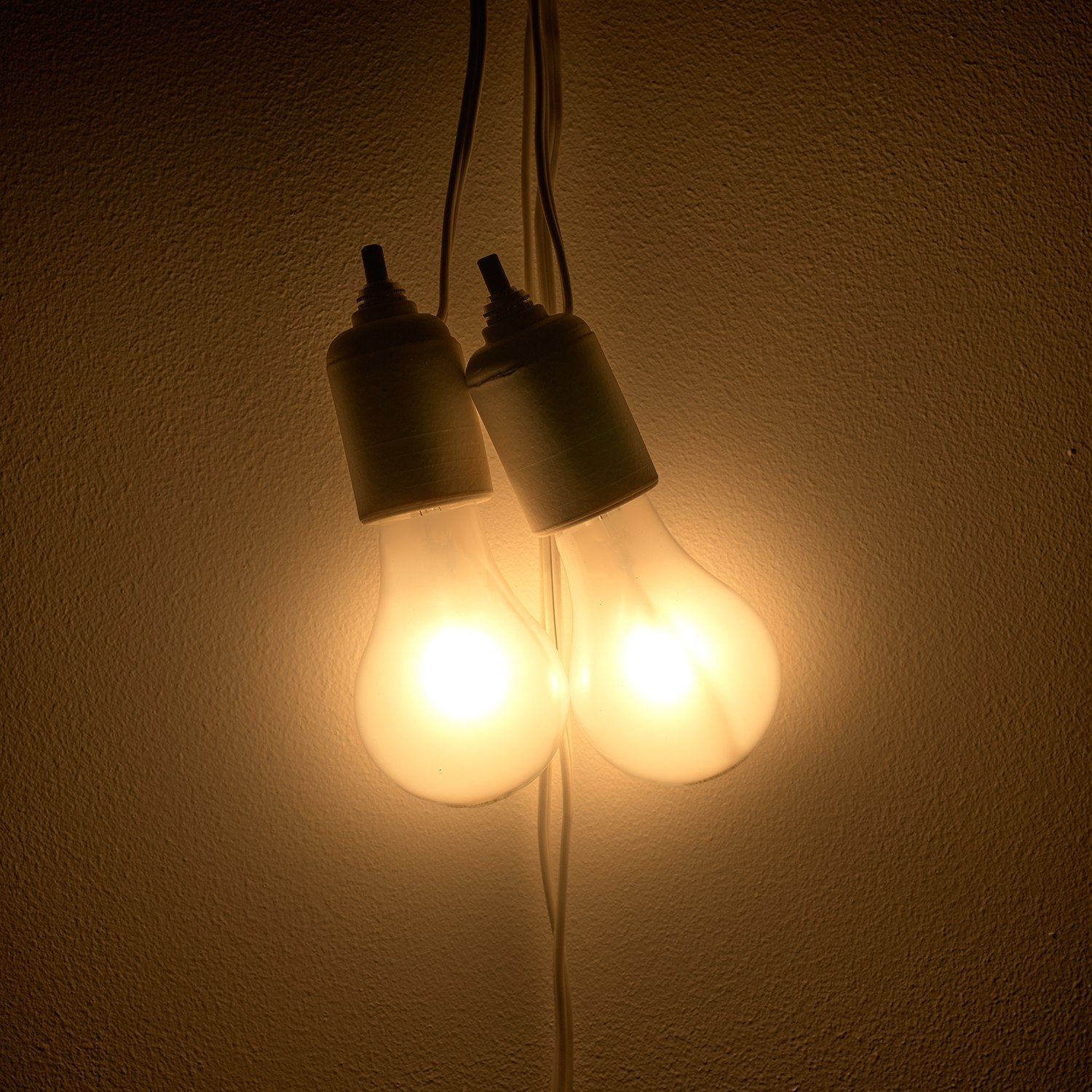



Property from an Esteemed Collection
40
Felix Gonzalez-Torres
“Untitled” (March 5th) #2
2 light bulbs, extension cords and porcelain light sockets
113 in. (287 cm) height
overall installation dimensions variable
overall installation dimensions variable
Executed in 1991, this work is number 14 from an edition of 20 plus 2 artist’s proofs and is accompanied by a certificate of authenticity signed by the artist.
Other examples from the edition are housed in the permanent collections of The Art Institute of Chicago; The Nelson-Atkins Museum of Art, Kansas City; The Cleveland Museum of Art; The Museum of Contemporary Art, Los Angeles; University of Michigan Museum of Art, Ann Arbor; Tate, London.
Other examples from the edition are housed in the permanent collections of The Art Institute of Chicago; The Nelson-Atkins Museum of Art, Kansas City; The Cleveland Museum of Art; The Museum of Contemporary Art, Los Angeles; University of Michigan Museum of Art, Ann Arbor; Tate, London.